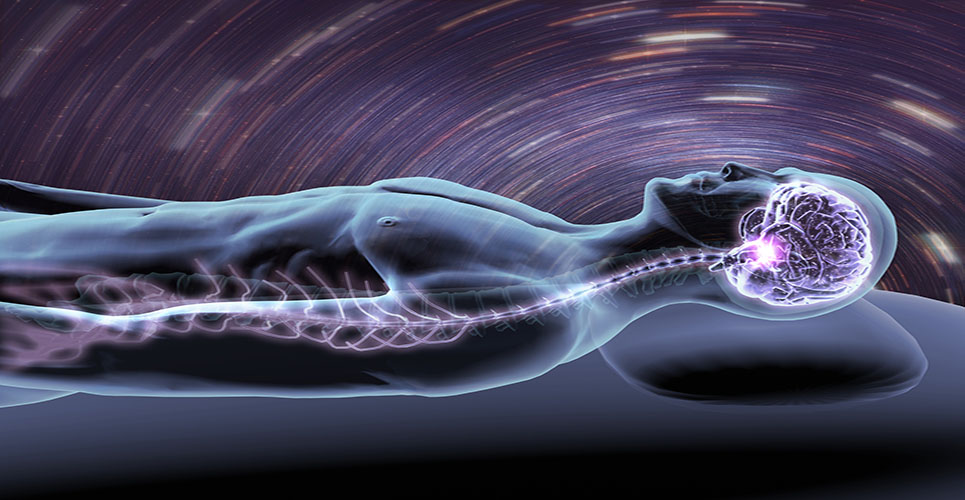teaser
Tibotec Pharmaceuticals announced today results from two pivotal Phase 3, double-blind, randomised clinical trials comparing the efficacy, safety and tolerability of its investigational non-nucleoside reverse transcriptase inhibitor (NNRTI) TMC278 (rilpivirine) versus efavirenz (EFV), each administered once daily with a nucleoside/nucleotide (N[t]RTI) background regimen in treatment-naïve, HIV-1-infected adults.
These global trials, known as ECHO and THRIVE, reached their primary objective, which was to demonstrate non-inferiority of TMC278 vs EFV in the percentage of patients achieving an undetectable viral load (less than 50 copies/mL) at week 48 (with a maximum allowable difference of 12 percent).
A pooled analysis of ECHO and THRIVE was presented today at the XVIII International AIDS Conference in Vienna, Austria.
ECHO and THRIVE pooled results showed that 84.3 percent of patients (n = 686) in the TMC278 group reached an undetectable viral load, compared with 82.3 percent of patients (n=682) in the EFV group. Patients received TMC278 (25 mg) or EFV (600 mg), each administered once daily in combination with a (N[t]RTI) background regimen. The virologic failure rate was 9 percent in the TMC278 group and 4.8 percent in the EFV group. Adverse events (AEs) leading to discontinuation in the TMC278 group were 3.4 percent compared to 7.6 percent in the EFV group. Tibotec plans to submit these results to the European Medicines Agency (EMEA) to support approval of TMC278 for use in treatment-naive adult patients.
“I’m very excited by the findings of these Phase 3 results for TMC278,” said Calvin J. Cohen, M.D., M.Sc., lead clinical investigator and Research Director at Community Research Initiative of New England and Harvard Vanguard Medical Associates. “These studies provide valuable information on the safety and tolerability of TMC278 and, specifically, its lipid, rash and CNS side effect profiles.”
Grade 2–4 AEs at least possibly related to treatment were 15.9 percent in the TMC278 group versus 31.1 percent in the EFV group. Grade 2-4 AEs of interest by organ class, or body system, reported among patients in the TMC278 group versus the EFV group were psychiatric (14.9 percent vs. 22.7 percent), neurological (17.1 percent vs. 37.8 percent) and rash-all types (3.1 percent vs. 13.6 percent). Grade 3/4 lipid abnormalities were also reported among patients in the TMC278 group versus the EFV group for increases in total cholesterol (0.1 percent vs. 2.5 percent), LDL-cholesterol (0.7 percent vs. 4.1 percent) and triglycerides (0.3 percent vs. 2.2 percent).

